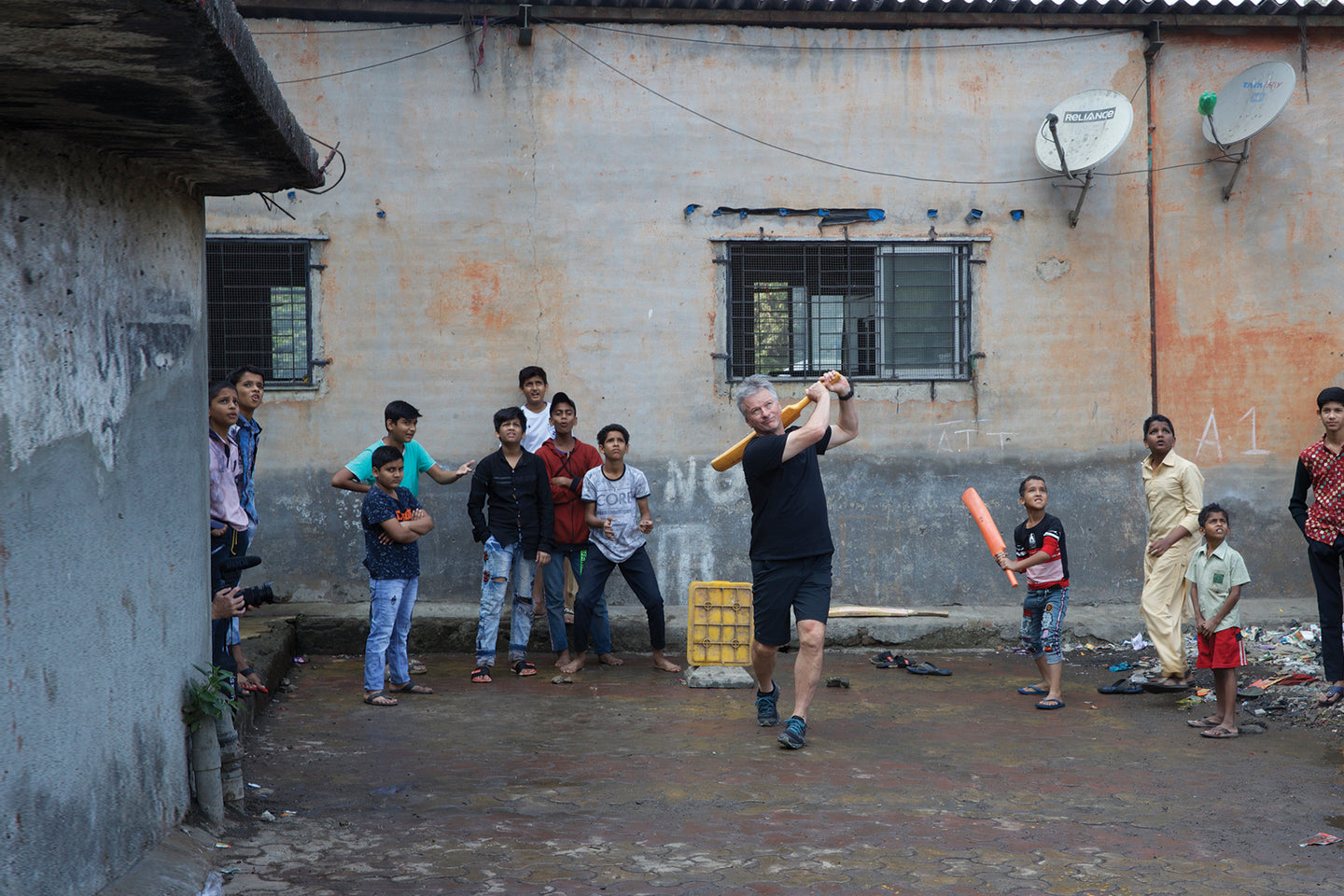
Indian Cricket History
"Cricket is an Indian game accidentally discovered by the British" - Ashish Nandy
Few nations have a relationship with sport such as India’s connection to the sport of cricket. The sport has become so ingrained in the culture that to many it could be considered a religion, with superstars like Sachin Tendulkar and Virat Kohli reaching almost legendary status amongst their fellow countrymen. So how did a simple sport like cricket help to define and capture the imagination of an entire nation? Well, the origins of cricket in India can be traced back almost three centuries ago to 1721, when the British East India Trading Company were at their peak.When Did India Start Playing Cricket?
The first mention of cricket in India was by Clement Downing, an English seaman in the East India Company. He wrote about his experiences playing cricket with other mariners, drawing considerable attention from the locals. It is believed this initially took place in Cambay, approximately 400 kilometres north of present day Mumbai. The next known mention of cricket in India came with the formation of the Calcutta Cricket Club in 1792 by British expatriates from the East India Company. Ten years later, the Calcutta Cricket Club competed against the OId Etonians, with Old Entonian Robert Vansittart scoring a hundred - the first recorded century on Indian soil. In 1848, the Parsis formed what is widely known to be the first indian community based cricket club, the Oriental Cricket Club. While the Oriental Cricket Club was short lived, it opened the door for other Indian cricket clubs to form, with the Young Zoroastrians Club opening in 1850 followed by the Hindu Gymkhana, created by the Hindu’s in 1866. By the late 1800’s the game had begun to grow increasingly popular across the subcontinent, this was boosted by the rise of one of cricket’s most influential figures and arguably one of the greatest batsmen of all time, Sir Ranjitsinhji Vibhaji Jadeja, or better known as Ranji.Sir Ranjitsinhji Vibhaji Jadeja, The Father of Indian Cricket
Born in Sadodar, a village in the state of Nawanagar, Ranji’s first taste of cricket was at Rajkumar College where he first represented the school in 1883 and was appointed captain in 1884 at only 12 years old. In 1888, Ranji travelled to London where he began studying at Cambridge University. It was during his time at Cambridge that Ranji’s cricketing skills drastically improved and soon he found himself playing first class cricket for Cambridge University and county cricket for Sussex. After experiencing success at county level, Ranji made his Test debut for England on 16 July 1896, an incredibly controversial decision at the time. Ranji played extremely well on debut against Australia, silencing critics with a second innings score of 154 not out. Ranji was considered a very unorthodox batsmen at the time and he brought a whole new style of batting to the game. He was known to play more off his back foot in both defense and attack, he is also known for popularising the ‘leg glance’ shot. His wristwork and unconventional shot-making were unusual to the British who embraced a more orthodox approach. His success in England and peculiar style led to him becoming one of the most popular players in the British Empire and was a major contributing factor to the rise of Indian cricket in the 20th century.Test Match Status
In 1928, the Board of Control for Cricket in India (BCCI) was established and shortly after the ICC admitted India as a full member, granting them official test match status. It wasn’t until 1932 that India had the opportunity to play their first test match against England. This historical meeting took place at Lord’s in a one off Test match with the visitors, led by CK Nayudu, unfortunately losing by 158 runs. It would be 20 years before India got a taste of Test match victory, this came in the fifth test of the 1951-52 series against England in Chennai, a year later India celebrated their first ever series win against neighbours Pakistan, with a 2-1 lead in November 1952.Current Success
It wasn't until the late 90’s that India got their first experience of cricketing dominance and it can be largely attributed to one man - The Little Master, Sachin Tendulkar. Tendulkar was a key aspect of this Indian team's success which saw them maintain their unbeaten home record against Australia and win a string of Test matches against Zimbabwe, Sri Lanka, West Indies & England. India’s success at home caused Steve Waugh to describe winning a Test series in India as the “final frontier” as Australia had been unable to win a series there since 1969.The Spirit of Cricket in India
Beautiful in its simplicity, cricket requires a bat, a ball and two willing participants, anything else is just extra. Cricket has truly captured the hearts and minds of Indians throughout the country and has grown to become more than just the most popular sport, it has helped shape and define the country's culture. From the streets of Mumbai to the halls of the Sansad Bhavan, cricket is the one thing in which all Indians can find solidarity and unity. It is this spirit and love of the game that drove Steve Waugh to capture it in his book The Spirit of Cricket - India. From gully cricket games in the countryside to the Maidans of Mumbai, Steve Waugh has captured it all in his travels throughout India and has chosen his favourite 220 photographs to share with you. Click here to preorder your very own copy of the Spirit of Cricket - India.
CRICKET, PHILANTHROPY AND MENTORING
Steve Waugh was a right-handed batsman, he was also a medium-pace bowler. As Australian captain from 1997 to 2004, he led Australia to fifteen of their record sixteen consecutive Test wins, and to victory in the 1999 Cricket World Cup. Waugh is considered the most successful Test captain in cricket history, with 41 matches won and only 9 matches lost with a winning ratio of 72%. He was named Australian of the Year in 2004 for his philanthropic work, and inducted into the ICC Cricket Hall of Fame in front of his home fans at the Sydney Cricket Ground in January 2010. In addition to this, Steve has been able to assist in mentoring the Australian Olympic Team, with Football Australia and with the Cricket Australia Test Team.
Over the years, Waugh has also shown that he believes in using sport as a means to help those less fortunate in life by using his profile to raise awareness, encourage fundraising and involve volunteers to support needy causes.
In India since 1998, he has supported Udayan rehabilitation home for children of leprosy sufferers and in particular raising funds for Nivedita Bhavan, the girls’ wing of the facility. He is also a member of the prestigious Laureus Worlds Sports Academy whose primary role is to use the power of sport to transform the lives of young people around the world by volunteering their time to support the vital work of the “Sport For Good Foundation” which has over 200 projects in over 40 countries.
In Australia, Steve and his wife Lynette established the Steve Waugh Foundation over 15 years ago to support children and their families who are suffering from rare diseases. These children are often referred to as the ‘orphans of the health system’, and lacking financial support, networks and in some cases diagnosis.
The Foundation believes no-one should stand alone and everybody needs a team to support them. The Foundation provides them with somewhere to turn and allows the children to grow through the support network put in place and to thrive and survive.




